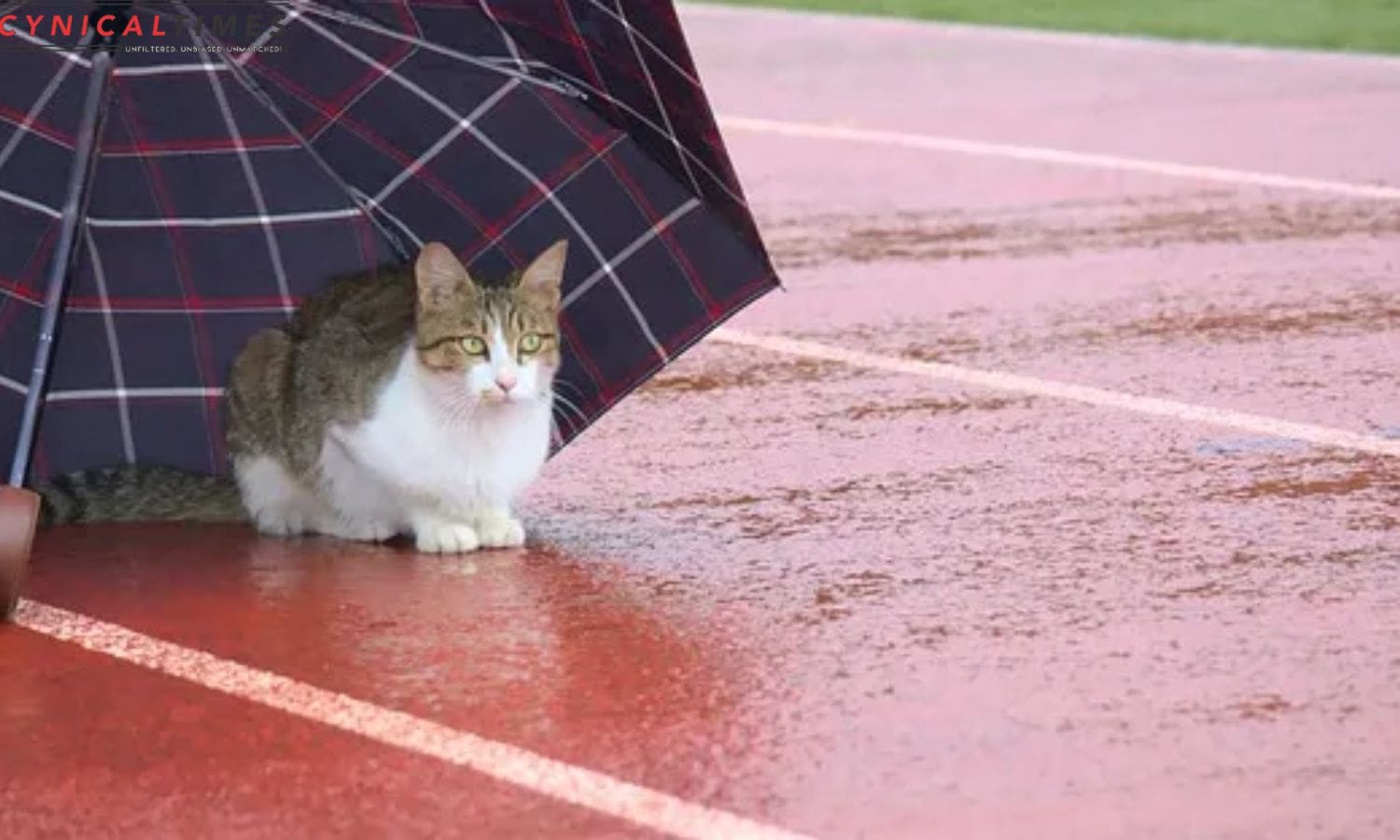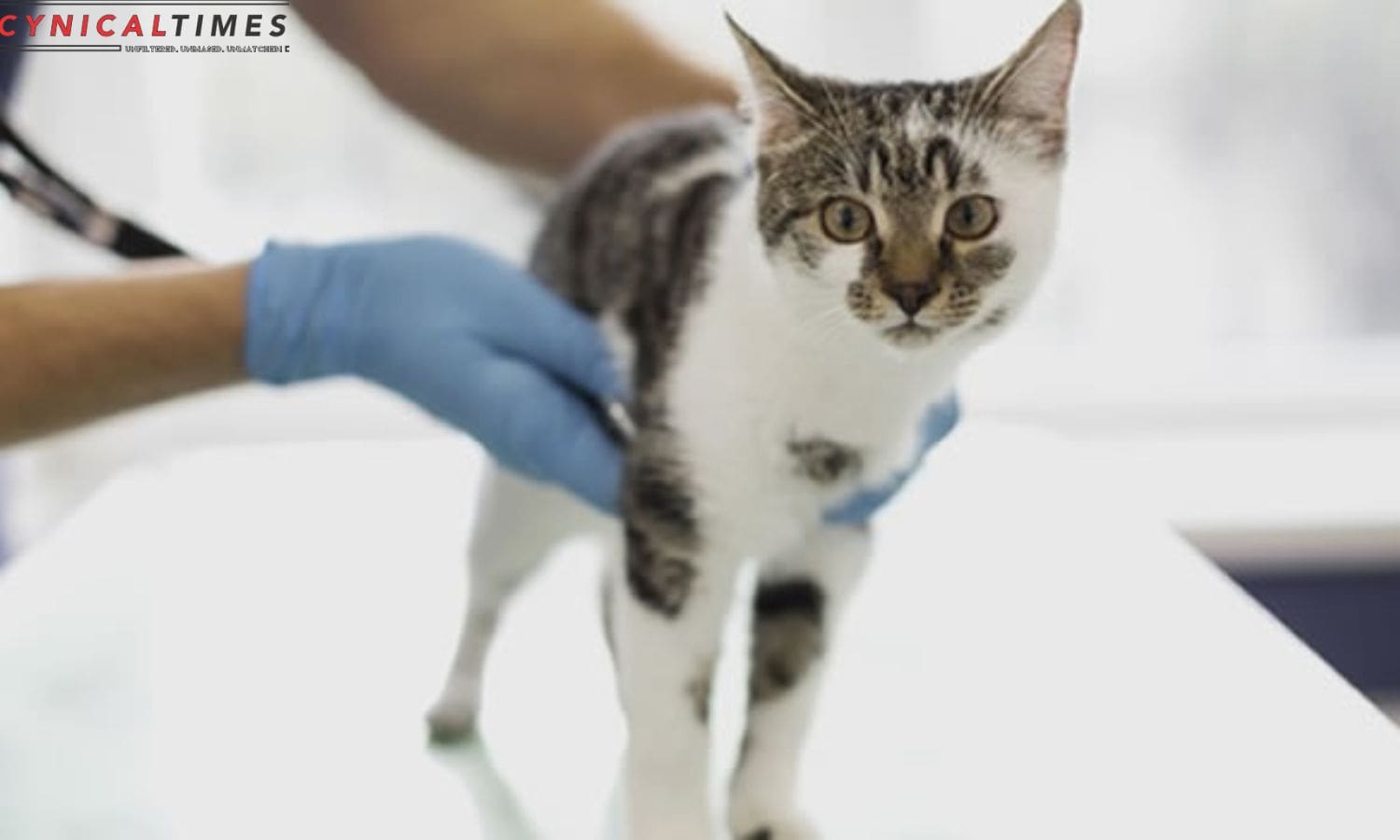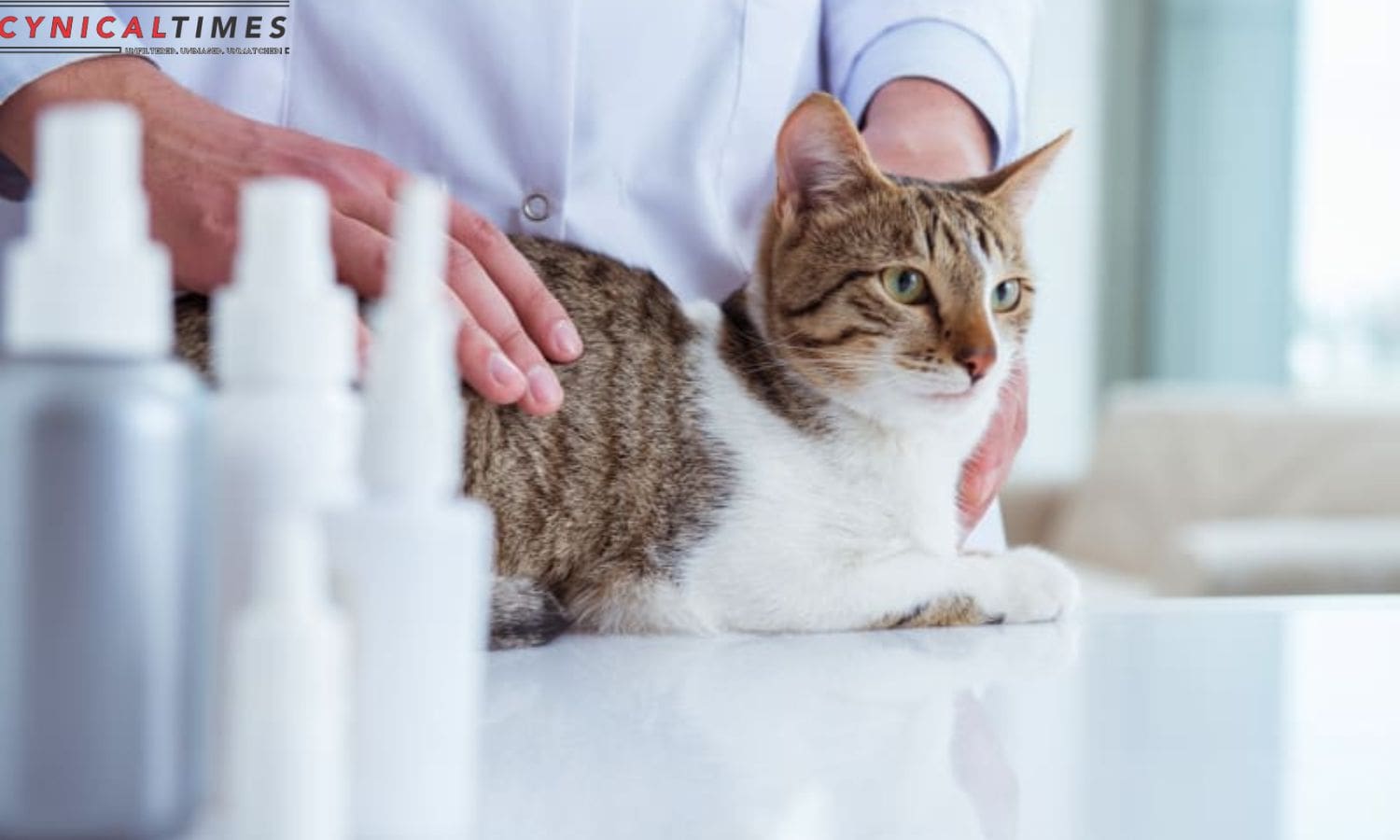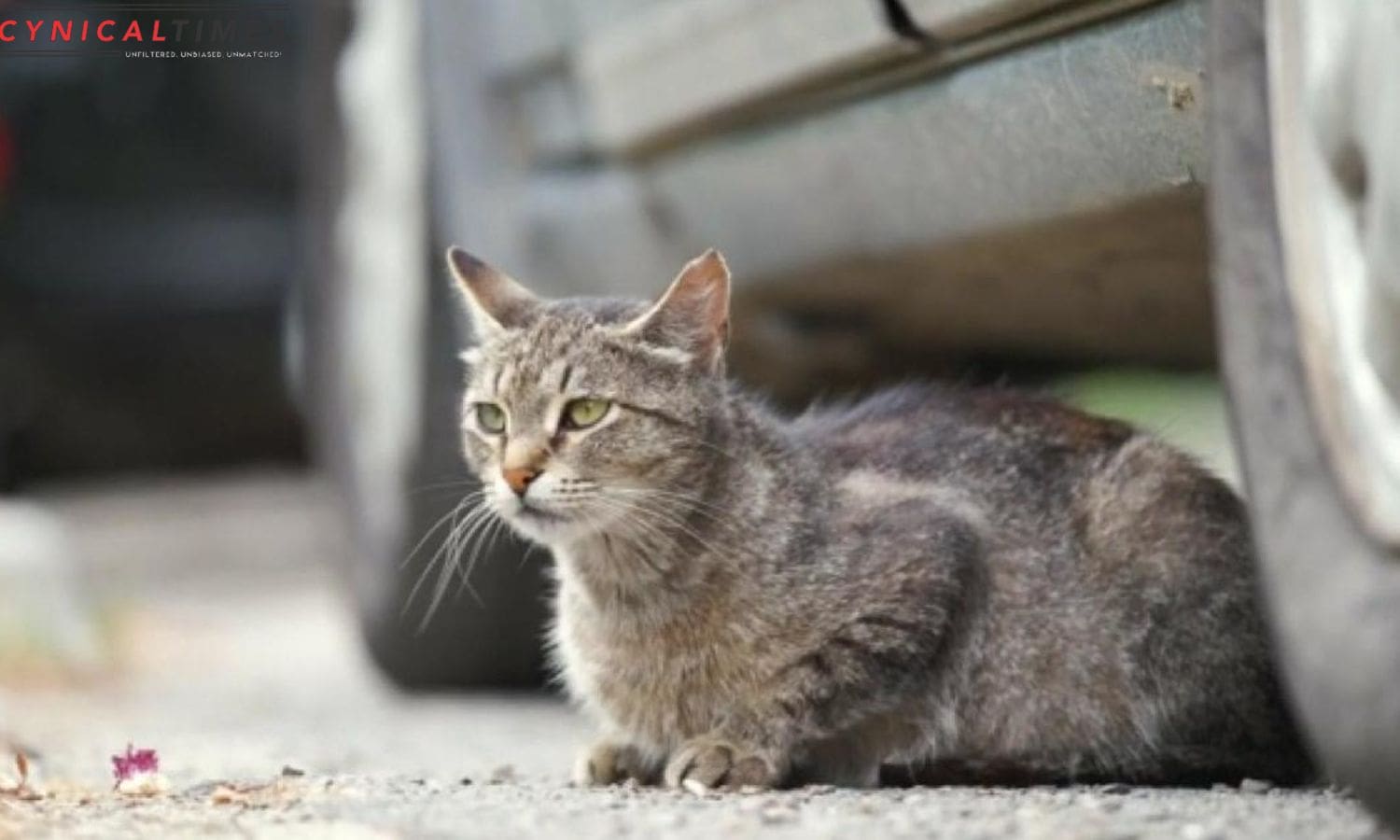Cat Crisis Veterinarian Guide:The pressing issue of cats seeking warmth in unlikely places, particularly cars, during the winter season. Renowned veterinarian, Dr. Liz Stelow, provides expert advice on preventing harm to these winter-seeking felines.
We also share a real-life encounter of a driver discovering a kitten in their supermarket trip, highlighting the importance of safeguarding against unintentional transportation.
Additionally, we discuss the necessity of building a cat-friendly car emergency kit to ensure the utmost care and protection for our feline companions.
Key Takeaways Of Cat Crisis Veterinarian Guide
- Stray cats seek refuge in unconventional locations during winter, such as the engine compartments of parked cars.
- Cats can suffer severe burns or fatalities if the car is started while they are inside.
- Regularly inspect vehicles by knocking on the hood or honking the horn to prevent trapping or injuring cats.
- Implement preventive measures like motion-activated sprinkler systems or ultrasonic devices to deter cats from seeking warmth in cars.


Winter Havens: Cats Seeking Warmth in Unlikely Places
Stray cats often find unexpected refuge from the cold winter temperatures by seeking warmth in unconventional locations. One such place where they seek solace is parked cars. These felines, lacking a warm and safe shelter, are drawn to the engine compartments of vehicles, which provide a cozy and insulated environment.
However, this behavior poses significant risks for the cats. The warm engine can cause severe burns or even fatalities if the car is started while the cat is still inside. Additionally, cats can become trapped in the engine or other parts of the vehicle, leading to serious injuries.
To address this issue, Dr. Liz Stelow, a veterinarian, provides valuable insights on preventing car burrowing and ensuring the safety of stray cats during winter. Her expertise offers a comprehensive guide to protect these vulnerable creatures from harm.
Dr. Liz Stelow’s Expert Advice: Preventing Harm to Winter-Seeking Cats
Continuing the discussion on winter havens for cats seeking warmth, Dr. Liz Stelow, Chief of Behavior Service at UC Davis School of Veterinary Medicine, offers expert advice on preventing harm to these vulnerable felines.
Cats hiding in engine compartments or under cars during colder months are at risk of serious injury or death. Dr. Stelow emphasizes the importance of proactive prevention measures to ensure the safety of these winter-seeking cats.
She recommends the use of deterrents such as motion-activated sprinkler systems or ultrasonic devices to discourage cats from entering engine compartments or hiding under cars. Additionally, she advises regular vehicle inspections, including knocking on the hood or honking the horn, to alert any potentially hidden cats.
Creating alternative warm shelters, such as insulated cat houses or heated blankets, can also help redirect cats to safer locations.
Real-Life Encounter: Driver Discovers Kitten in Supermarket Trip
During a routine trip to the supermarket, a startled driver discovered a small kitten nestled in their car, meowing for help. This real-life encounter highlights the potential risks of cats seeking shelter in unexpected places, including vehicles.
Cats, especially during cold weather, may burrow into warm engine compartments or hide in the undercarriage, seeking warmth and safety.
The incident serves as a reminder to be vigilant and take preventive measures to avoid trapping or injuring these vulnerable animals.
To help prevent such situations, here are some important considerations:
- Regularly check your vehicle for any signs of cats, such as meowing or scratching sounds.
- Before starting your car, honk the horn or tap the hood to give cats a chance to escape.
- Keep your garage or parking area secure to prevent strays from entering your vehicle.
- If you suspect a cat is trapped, contact local animal control or a professional to safely remove it.


Also Read: Fairfield Sting Operation Nabs Alleged $1.5M Merchandise Theft Ring
Preventive Measures: How to Safeguard Against Unintentional Transportation
To ensure the safety of both cats and motorists, implementing preventive measures is crucial in safeguarding against unintentional transportation. Dr. Stelow recommends several strategies to prevent cats from stowing away in vehicles. First, make noise around the car before starting it, as the sound can scare cats away. Additionally, be patient and observant when suspecting a cat may be hiding in the vehicle. Taking the time to thoroughly check the car can prevent unexpected surprises. To help visualize these preventive measures, refer to the table below:
| Preventive Measures | Description |
|---|---|
| Make noise around the car | This strategy involves creating loud sounds around the vehicle to frighten cats away. |
| Be patient and observant | Take the time to carefully check the car for any signs of a hiding cat before starting it. |
Going Above and Beyond: Building a Cat-Friendly Car Emergency Kit
To further enhance preparedness and ensure the utmost care for cats in emergency situations, it is essential to assemble a comprehensive cat-friendly car emergency kit. This kit should include the following items:
- Leather gloves: These will protect your hands from scratches and bites while handling distressed cats.
- Collapsible box: A collapsible box can be used to safely transport a cat if necessary. It should have ventilation holes and be large enough for the cat to move comfortably.
- Emergency blanket: A blanket can provide warmth and comfort to a cat in distress.
- Cat carrier: A sturdy and secure cat carrier is essential for transporting cats. Make sure it is large enough for the cat to comfortably sit, stand, and turn around.


Conclusion Of Cat Crisis Veterinarian Guide
It is essential to be aware of the potential dangers that cats face when seeking warmth in cars during the winter months.
By following the preventive measures and building a cat-friendly car emergency kit, owners can effectively safeguard their feline companions from unintentional transportation and harm.
With the help of a veterinarian’s expert advice, cat owners can ensure the safety and well-being of their pets during the cold season.
Our Reader’s Queries
What do I do if I can’t take my cat to the vet?
Opting for a veterinarian who offers house calls is the ultimate solution. It not only ensures top-notch pet care from the comfort of your home, but also saves your furry friend from the stress of a hospital visit. Your pet will surely appreciate this thoughtful gesture.
How do you treat a sick cat without going to the vet?
If your cat is vomiting, it’s best to remove their food for two hours but make sure they have access to water. After this time, you can try offering a small amount of their usual food or bland low-fat cooked food like chicken or white fish. If they can keep this down, gradually offer small amounts every few hours. Once they are able to tolerate food, you can go back to their usual feeding routine. Remember to monitor their behavior and contact a veterinarian if the vomiting persists or if your cat shows other signs of illness.
How do you know when a cat is nearing end of life?
Your feline friend seems to have lost all motivation to move. Even their usual appetite seems to have disappeared as they refuse to eat their dinner. Their once well-groomed appearance has now become disheveled and they appear tired. It’s possible that they are experiencing difficulty with their vision or breathing.
What do vets do with aggressive cats?
Veterinarians prioritize the safety and comfort of cats during their visits. They may employ gentle handling methods like towel wrapping or sedation to minimize stress for both the cat and the veterinary staff. To further reduce anxiety and aggression, they may also use pheromone therapy, calming aids, or behavior modification techniques. These measures ensure that cats receive the best possible care while minimizing any discomfort or distress.

